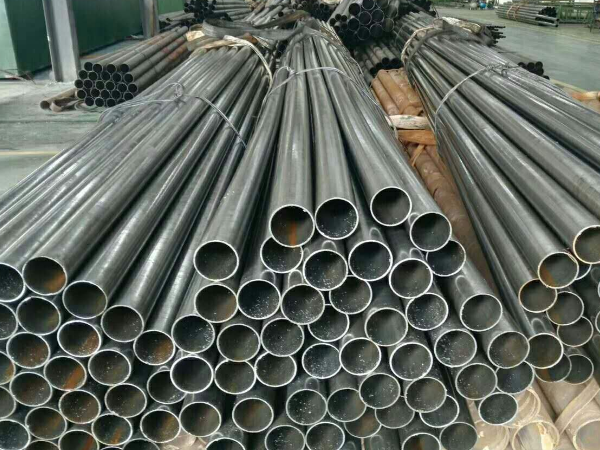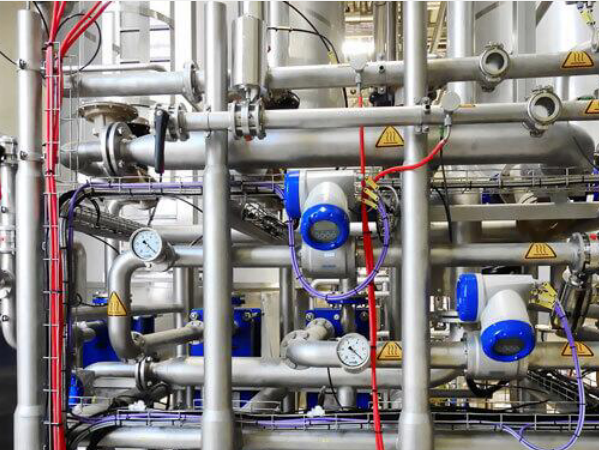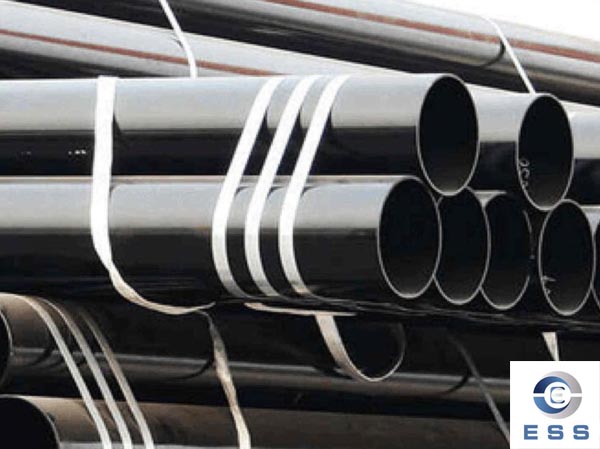The groove refers to the groove of a certain geometric shape that is processed and assembled into the part of the weldment to be welded. The groove is mainly used to weld the workpiece to ensure the degree of welding. Generally, the profile processed by machining method can also be gas cut when the requirements are not high. (If it is a type of weld that requires ultrasonic flaw detection, it can only be processed by machining), but the oxidation slag needs to be removed. According to the needs, there are X-shaped grooves, V-shaped grooves, U-shaped grooves, etc., but most of them A certain blunt edge is required.
Beveling Tools
Portable and desktop pipe beveling machines, beveling tools:
This type of pipeline equipment is manufactured for the beveling of pipelines at the installation site. It adopts a combination of imported high-torque motors and self-made light mechanism gearboxes, which can be used for the beveling of various materials; desktop machines are suitable for large-scale material preparation slopes. Mouth processing, fast and efficient.
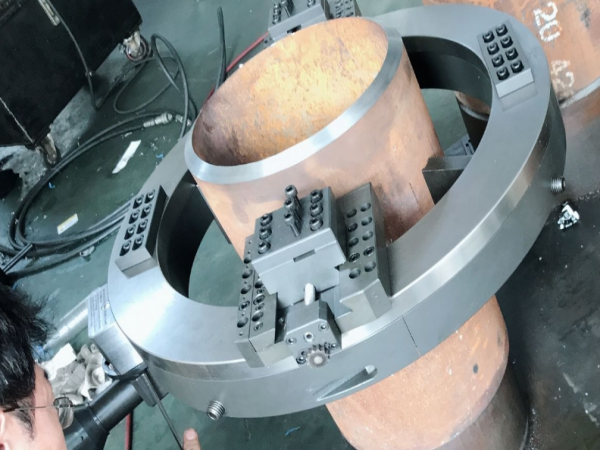
Pipe beveling machine:
|
Model Specifications
|
Groove range-Φ mm
maximum pipe outer diameter
|
Groove range - Φmm
internal expansion type applicable pipe inner diameter
|
Motor - Power W
|
Operating weight Kg
|
|
PK-- 80 (outer clip)
|
25-80
|
|
Metabo-1020
|
8.0
|
|
PK--160N
|
75-180
|
60-160
|
Bosch-1200
|
20.0
|
|
PK--330N
|
160-400
|
150-330
|
Bosch-1500
|
48.0
|
|
PK--600N
|
330-670
|
300-600
|
Bosch-2000
|
58.0
|
|
SKF-20 (chamfering machine)
|
DN≥160
|
Wall thickness ≤ 14 Angle: 30o-60o
|
1100
|
22.0
|
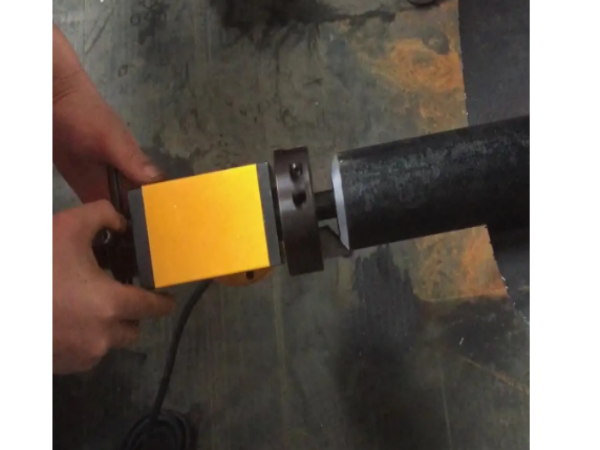
Ring pipe cutting and beveling machine: It is very convenient to complete the pipe cutting and beveling at the same time with one clamping on site.
|
Model Specifications
|
Groove range-Φmm/mm
maximum pipe outer diameter/wall thickness
|
Cutter speed-r/min
|
Motor - Power W
|
Operating weight Kg
|
|
GP-300
|
Φ150-300mm/ mm
|
13
|
|
|
|
GP-450
|
Φ300-450
|
10
|
|
|
|
GP-600
|
Φ450-600
|
8
|
|
|
Groove angle
It refers to the processing of the workpiece that needs to be welded before welding in order to ensure the welding quality. It can be gas-cut or cut. It is generally an inclined surface and sometimes a curved surface. Groove angle is an important welding process factor that affects weld formation, weld dilution rate, fusion zone shape, and even affects the stability of the welding arc.
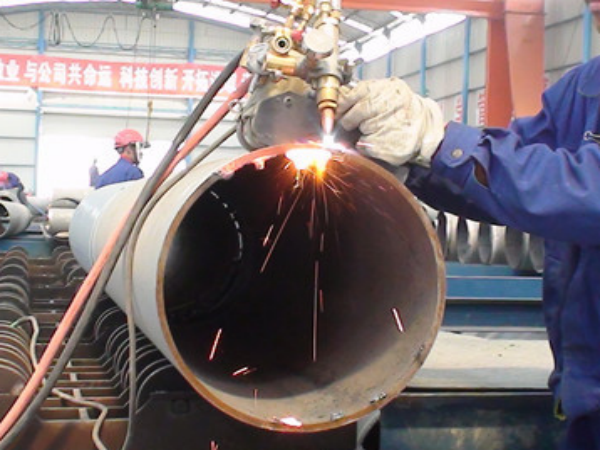
Effect of groove angle on welding
Under the same current and voltage, the larger the groove angle, the deeper the penetration; the smaller the groove angle, the smaller the penetration.
As long as the welding wire touches the workpiece to be welded and a short circuit occurs, an arc will be formed and melted. However, for welding with a groove weld, the key is where the welding wire contacts the groove to generate a short circuit. A 4.8mm diameter welding wire was used for the test, and the position where the end of the welding wire extends into the groove is different in welds with different groove angles.
If the included angle is large, the end of the welding wire is close to the root of the groove; on the contrary, if the included angle is small, the distance between the end of the welding wire and the root of the groove will be large. That is to say, the welding wire with a V-shaped or Y-shaped groove is short-circuited at different points that are touched by the slope of the groove with the change of the included angle of the groove. However, the end of the butt joint welding wire of the jigsaw puzzle without groove begins to melt when the arc contacts the plane of the steel plate.
1. Arc shape
When the current and voltage are constant, the shape of the arc does not change, but moves up and down with the angle of the groove, and does not change from side to side. Obviously, in the case of constant arc voltage, the distance from the arc melting point to the base metal is the same. The smaller the groove angle, the arc keeps its original shape, and the arc moves up, the greater the distance from the root of the groove down; on the contrary, the larger the groove angle, the arc keeps its original shape, and the arc moves down, the smaller the distance .
Since the arc is controlled by the voltage, the arc length is proportional to the voltage and changes with the voltage. Changing the groove angle, the distance that the arc can reach the root of the groove is obviously different.
2. Penetration thickness
In the tests of 12 grooves with different angles, the penetration depth also changed with the change of the groove angle. The 30°~45° groove formed a negative number, and the 50° was exactly zero. The penetration depth is also increased until the welding is penetrated. At the same time, it can be seen that as the groove angle increases from small to large, the distance from the arc to the root decreases from large to small, the unfused depth also decreases from large to small, and the penetration depth increases from small to large.
It is not difficult to analyze, the smaller the angle, the blunt edge needs to be reduced or even no blunt edge should be left, and the larger the angle, the blunt edge should also be appropriately increased. So the magnitude of the angle is proportional to the blunt side. According to the above analysis, leaving 8mm blunt edge at the angle below 45° cannot meet the requirements of the weld, and the thickness of the blunt edge needs to be reduced to ensure the quality of the weld, but the angular deformation is difficult to control. Grooves with angles above 70° can fully penetrate, but there is some waste of material. The proper groove angle and the groove angle that meet the ideal weld quality requirements are 50°~60°.
3. Energy saving analysis
Take welding wire with a diameter of 4.8mm and flux SJ101 as an example.
Calculated on the basis of every 1m weld seam, the thickness of the plate is 25mm, and the V-shaped groove does not leave roots. The groove angles are 50°, 60° and 70° respectively. The test results show that: 1900g of welding wire and 1580g of flux are needed for 50° groove; 2294g of welding wire and 2276g of flux are needed for 60° groove; 2648g of welding wire and 2644g of flux are needed for 70° groove.
Take a 400,000-ton ship as an example. The butt weld is about 86600m, and the submerged arc welding seam is calculated as 50km. 50° groove consumes 95,000kg of welding wire and 79,000 kg of flux; 60° groove consumes 114,700kg of welding wire and 113,800kg of flux; 70° groove consumes 132,400kg of welding wire and 132,200kg of flux. In addition, there is a certain reduction in gas energy, electric energy, and working hours, which shortens the site cycle to a certain extent.
Through the above analysis, it can be seen that the angle of the groove is different, and the position that the arc can reach in the groove is also obviously different. Under the premise of the same welding specification, the difference in penetration depth is small, but the difference in unfused depth is large. There is also a large gap in penetration depth. The larger the bevel angle, the shallower the unfused depth. The greater the penetration depth. The smaller the groove angle, the deeper the unfused depth and the smaller the penetration depth. That is, the more the filler metal accumulates on the surface. On the contrary, if the reverse side does not buckle the groove, it is difficult to guarantee the welding quality.
If the groove is buckled and the root is cleared, the workload will be greatly increased, and the production cost will be increased. Therefore, when determining the submerged arc welding groove angle, try to choose a suitable groove angle that can not only make the submerged arc welding operation convenient, but also save costs.
Read more: The method of beveling the pipe or Why Pipe Beveling is Important for Welding









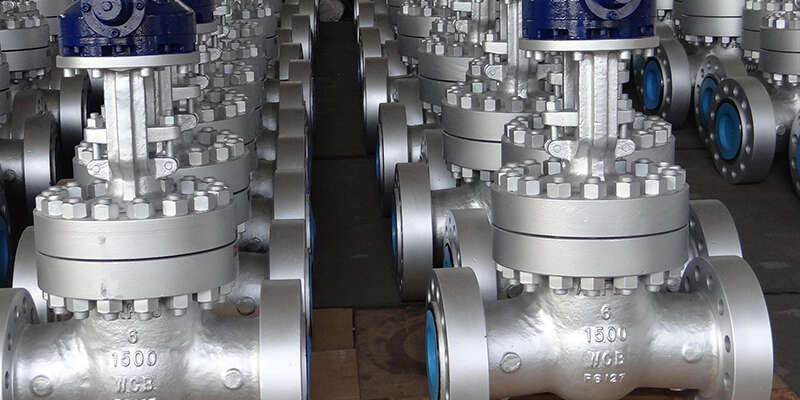
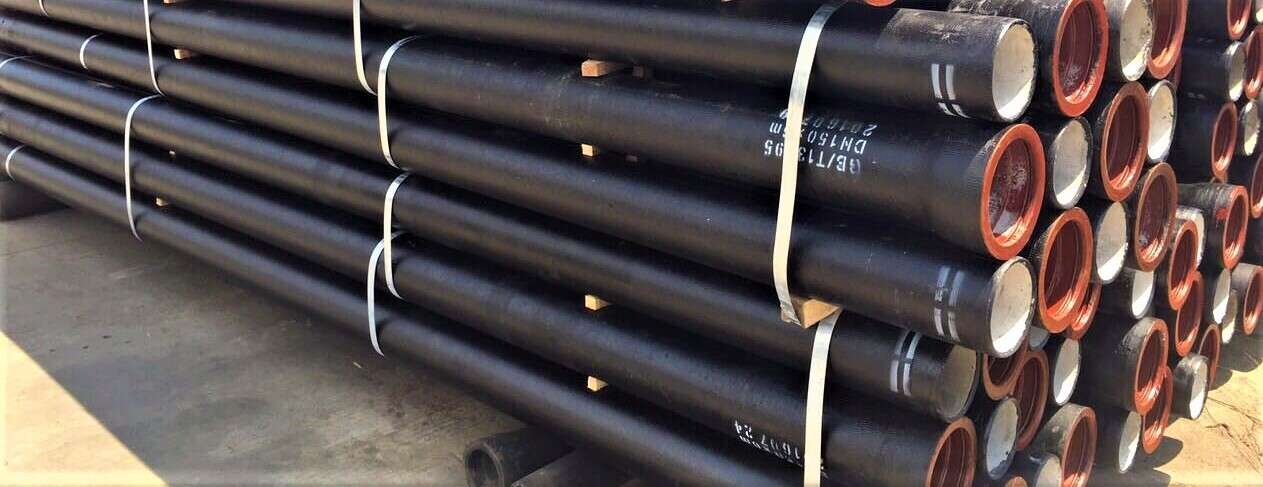


 Eastern Steel Manufacturing Co., Ltd no solo mejora la producción de productos y los servicios de venta, sino que también brinda servicios adicionales de valor agregado. Siempre que lo necesite, podemos completar sus necesidades específicas juntos.
Eastern Steel Manufacturing Co., Ltd no solo mejora la producción de productos y los servicios de venta, sino que también brinda servicios adicionales de valor agregado. Siempre que lo necesite, podemos completar sus necesidades específicas juntos.









